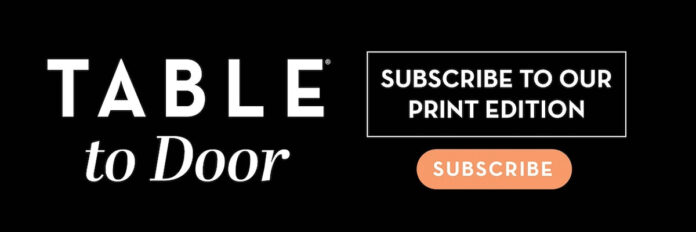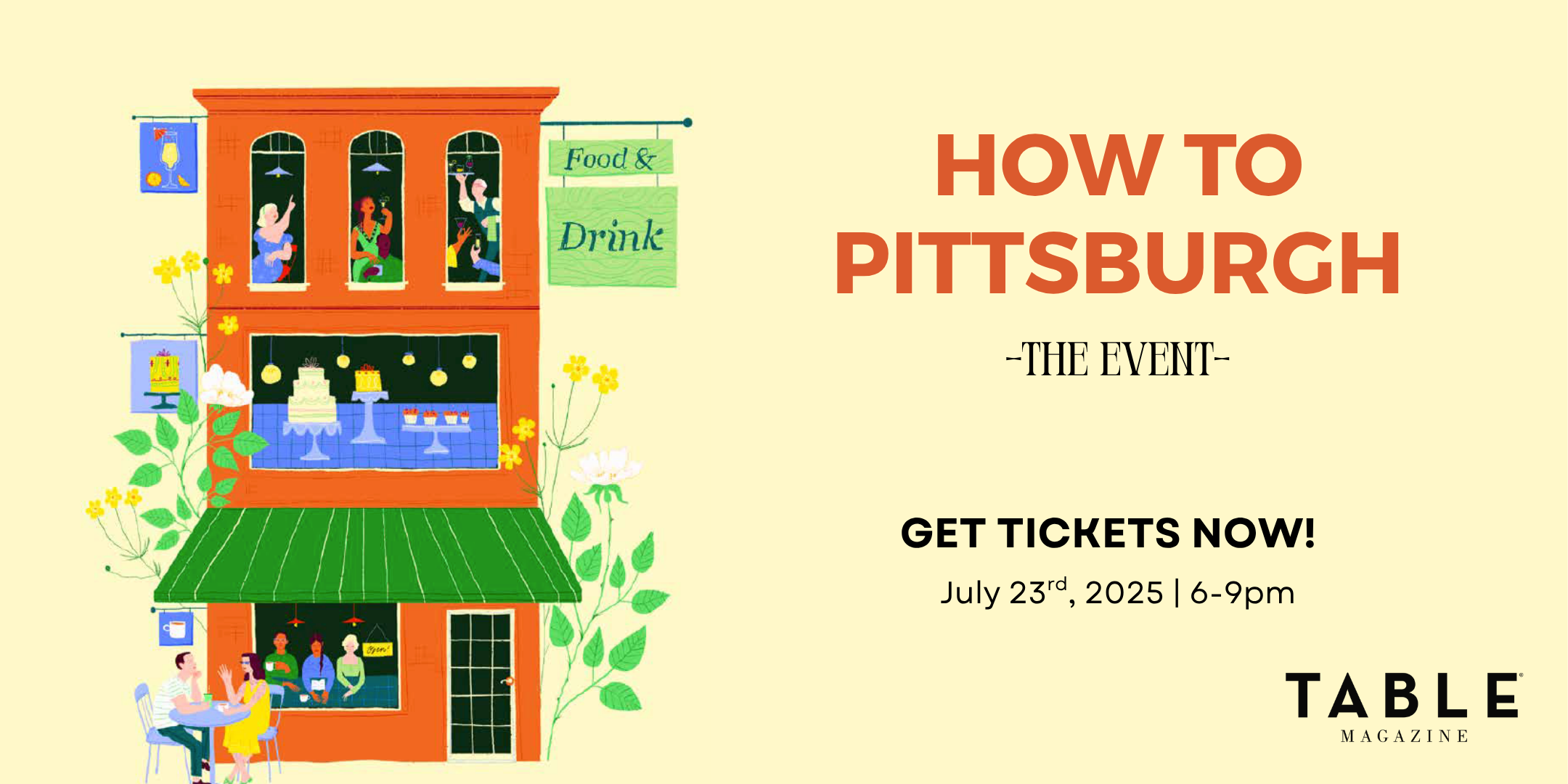With lip-syncing, death-drops, and plenty of flair, drag performers in Pittsburgh have been wow-ing audiences for decades. In fact, the first Miss Pittsburgh came about all the way back in 1977 when Dawn Montgomery graced the stage with her theatrical makeup and passionate choreography. But, with laws on the rise to censor or stop these public performances altogether and laws already in action that expel transgender persons on the basis of gender ideology, drag is yet again in the same vulnerable space it held when decades ago. Even though there is much to fear about the future of drag and the queer community in general, the Pittsburgh community is not letting these changes take away their right and passion to perform.
The Pittsburgh Drag Community Today
In a city as large as Pittsburgh, it’s no surprise that we have over 200 drag performers–from veterans in the field to up and coming performers who have just taken the stage for the first time. Drag show producer and performer Joemygosh (Mrs. Blue Moon 2024) is one of many in the community who started off in a less-than-welcoming environment. Joemygosh and their drag partner Jaxa Froot (Mr. Blue Moon 2024) both hail from a small town in West Virginia where watching RuPaul’s Drag Race and practicing in their bedrooms were their only way to engage with their art. Eventually, the two were able to propel their practice forward in Pittsburgh. They’ve now created a space where all are welcome to try their hand at drag.
“As a producer as well as a performer, we run an open stage, so for a lot of the new entertainers we’re some of the first people that they meet,” explains Joemygosh. “It’s really important to make sure that everyone feels included when they come in, that they feel supported, and that they have somewhere that they can go for community.”
Luis Mendoza is another performer and producer with a similar background of loving drag and wanting to bring it further into his life. For him, it’s the accessibility to drag and the queer community that keeps his fire going. After watching shows in the city for many years and bonding with performers in the area, it just made sense to him to lend a helping hand, especially when it comes to bringing drag shows to new venues.
Accessibility for All
“I’ve hosted two shows so far and I try to have them free to the public,” says Mendoza. “You want to be able to get to anybody out there who can see it. As a minority person, I come from a background where I didn’t go camping ever in my life until I was in my twenties because it was just something I didn’t have access to. So any chance that I can to let people in on what they’re missing with drag is really cool.”
It’s that accessibility that allows people all over the world to find out who they truly are. After performing for around six years, owner of S&S Productions and recently crowned Miss P Town, Luna Skye, tries to take that accessibility a step further when it comes to working with venues in the Pittsburgh area. Things aren’t as simple as going in and putting on a show. There needs to be respect and understanding in what is occurring.
“Some of our venues get email, saying that it’s crazy that they’re doing drag shows but it’s up to the venues to really show their support and to stand behind us,” says Luna Skye. “They can’t just use us as a money grab to have a good brunch and make food sales one morning. We have to see the support within it as well. Making sure that your venue is treating you the way that you deserve to be treated is always super important to making drag a lasting art.”
The Importance of Drag in Today’s World
That’s exactly what these performers, hosts, and producers are looking to do: make drag an art available to people today as well as to those that will come after them. While this may sound simple since drag in the United States has been around since at least 1867 with competitions in Harlem, there are still laws, personal ideologies, and religious reasoning that puts accessibility to drag at risk. In a time where presidents look to censor drag and call queer art pornography, it’s more important than ever to embrace self-expression and “gay joy.”
“It’s super important to hold the drag shows, especially now more than possibly ever,” explains Luna Skye. “Queer joy never ends. It’s never going to go anywhere. We’re going to love and support each other like we already have and do and will continue to do. Anytime I’m given the opportunity to be on a microphone, especially at a drag brunch where much of the audience may be straight, I’m going to speak and spread awareness of what the queer community is going through.”
Depending on what news sources you surround yourself with, you may not realize that queer rights are already being taken away just one month into the new administration. Queer and transgender lives are slowly (honestly, not so slowly) being ripped away by fearmongering tactics that look to stop the community in its tracks.
What Drag Does for the Community
If one good thing has come from this time, it’s that drag performers and the LGBTQIA+ community are angry and they’re more ready than ever to be loud and proud.
“Putting on drag shows lets us present the expression of diverse persons and show them right to their face that these people do exist,” says Mendoza. “They’re rolling back a lot of different initiatives on DEI (diversity, equity, and inclusivity), literally removing labels, and just trying to just get rid of us in general. We’re going to see them strip artistic expressions away bit by bit. Plus, art is literally meant for expressing yourself and in turn seeing all sides of art, even if you don’t agree with it.”
Joemygosh notes that it’s this ability to be yourself that actually ends up saving lives rather than ruining them. These public drag shows have not only become a safe haven for the performers but also for the attendees and even the employees that work at the venues. It showcases a place to be yourself and encourages those in the space to let their pride out, no matter who they may be.
“As a producer, you want to make sure that people see themselves in the performances at your shows,” says Joemygosh. “Pittsburgh drag has always been rebellious, punk, and camp since the very beginning. We want to keep it going because it’s so much more harmful to try to pretend to be something that you’re not than to maybe face repercussions for what you are.”
The Future of Drag in Pittsburgh
So what does this all mean for the future of the Pittsburgh drag community? Even with current politics looming, there is still hope for this city that has become a staple of the drag world. After hailing famous visiting performers like Alaska and Sharon Needles, there’s only more to come, including Lydia B Kollins who is on the current season of Rupaul’s Drag Race.
“I think Pittsburgh right now is really on an upwards path of respecting, highlighting, and supporting each other,” says Luna Skye. “Everyone is sharing each other’s flyers, going out to each other’s shows, and just having a good time. So, Pittsburgh’s on a huge uplift within its queer community. It has helped us to realize, especially in times like these, that if we don’t band together now and show how strong we are, then it’s just gonna take longer for us to get to where we all want to be.”
Story by Kylie Thomas
Photo Courtesy of Joemygosh
Subscribe to TABLE Magazine‘s print edition.

